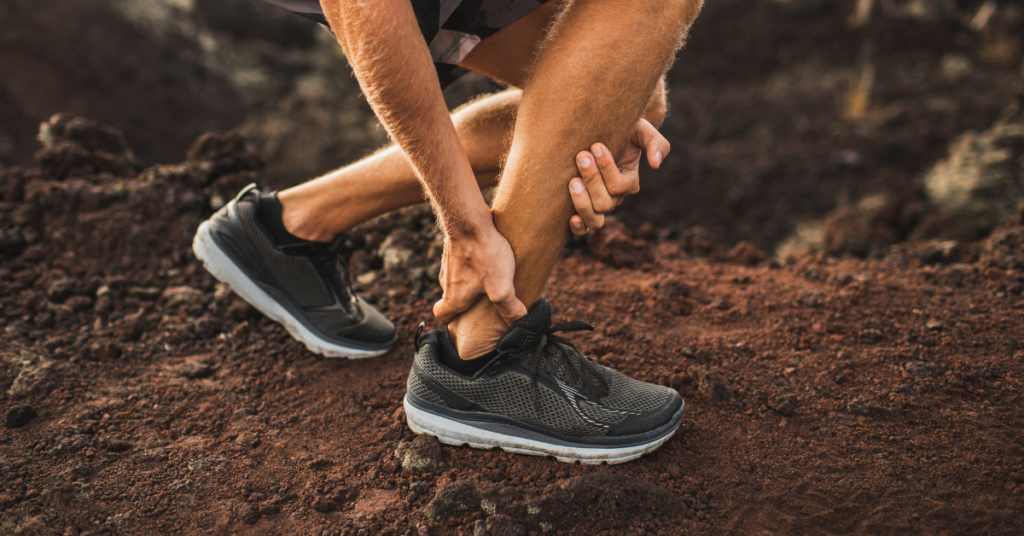Introduction
Sports performance is influenced by various factors, and one crucial aspect is biomechanics. Biomechanics is the study of the mechanics of human movement and the application of mechanical principles to biological systems. In the context of sports, biomechanics plays a vital role in understanding and optimizing movement patterns, enhancing performance, and reducing the risk of injuries.
By analyzing the forces and motions involved in sports activities, biomechanics provides valuable insights that can be used to improve technique, design better equipment, and develop effective training strategies.
Understanding Biomechanics
Biomechanics is a multidisciplinary field that combines principles from physics, engineering, and biology to analyze human movement. It involves studying the forces, torques, and motions that occur within the body during different activities. In sports, biomechanics focuses on understanding how athletes move, how forces are generated and transferred, and how these factors affect performance and injury risk.
Biomechanical Principles
Several fundamental principles of biomechanics guide the analysis of sports movements. These principles include Newton’s Laws of Motion, which describe the relationship between force, mass, and acceleration. Understanding these principles helps in interpreting and predicting the outcomes of sports movements and allows coaches and athletes to make informed decisions.
Biomechanics in Sports Performance
Biomechanics has a significant impact on sports performance. By analyzing an athlete’s movement patterns, experts can identify inefficiencies and develop strategies to optimize technique. This optimization involves maximizing force production, minimizing energy expenditure, and achieving optimal body positioning for efficient movement.
Additionally, biomechanics helps in identifying factors that contribute to injuries, enabling the development of injury prevention strategies. Furthermore, by studying biomechanics, coaches and athletes can enhance performance by making biomechanically informed training and competition decisions.
Biomechanical Analysis Methods
Various methods are used to analyze and evaluate biomechanics in sports. Video analysis is a common technique that involves recording and reviewing sports movements to identify key kinematic variables. Motion capture systems use specialized markers and cameras to track body movements in three dimensions, providing detailed information about joint angles and segmental motions. Force plates and pressure sensors measure ground reaction forces and pressure distribution during movements, helping to assess forces and loads on the body.
Applications of Biomechanics in Different Sports
Biomechanics has diverse applications across different sports. In running and sprinting, it helps in analyzing stride length, step frequency, and ground reaction forces to optimize performance. Jumping and landing biomechanics are crucial in sports such as basketball and volleyball, as proper mechanics can reduce the risk of injuries. Biomechanical analysis in throwing and striking sports helps in understanding techniques and maximizing power transfer. Swimming and cycling biomechanics focus on streamlining body position, reducing drag, and maximizing propulsive forces.
Biomechanical Considerations in Equipment Design
Biomechanics plays a vital role in the design and development of sports equipment. Footwear and sports shoes are designed to provide appropriate support, cushioning, and traction to enhance performance and reduce the risk of injuries. Sports gear and apparel are designed with considerations for range of motion, breathability, and comfort. Additionally, biomechanical principles are applied in the design of sports equipment and implements to optimize performance and safety.
Biomechanical Training Strategies
Biomechanics guides the development of effective training strategies for athletes. Training should be specific to the demands of the sport and focus on skill acquisition and refinement. Strength and power training programs are designed to enhance force production and improve movement efficiency. Flexibility and range of motion exercises are incorporated to optimize joint mobility and reduce the risk of movement restrictions.
Future Trends in Biomechanics and Sports Performance
As technology advances, the field of biomechanics continues to evolve. Innovations in wearable sensors, advanced motion capture systems, and computational modeling are providing new opportunities for in-depth biomechanical analysis. These advancements will further enhance our understanding of sports performance and enable the development of more precise and individualized training programs.
Conclusion
Biomechanics plays a critical role in understanding and improving sports performance. By analyzing the forces, motions, and mechanics of human movement, coaches, athletes, and researchers gain valuable insights into optimizing technique, preventing injuries, and enhancing performance.
The application of biomechanical principles in sports equipment design and training strategies further contributes to the advancement of athletic performance. As technology continues to evolve, the field of biomechanics will continue to shape the future of sports, unlocking new possibilities for athletes to reach their full potential.
FAQs
1. How does biomechanics impact sports performance?
Biomechanics helps in understanding movement patterns, optimizing technique, preventing injuries, and enhancing performance in sports.
2. What methods are used to analyze biomechanics in sports?
Methods such as video analysis, motion capture systems, and force plates are used to analyze and evaluate biomechanics in sports.
3. How does biomechanics influence sports equipment design?
Biomechanical considerations play a role in designing sports shoes, gear, and equipment to enhance performance and ensure safety.
4. How can biomechanics be applied in different sports?
Biomechanics is applied in various sports, such as running, jumping, throwing, swimming, and cycling, to optimize technique and performance.
5. What are the future trends in biomechanics and sports performance?
Advancements in wearable sensors, motion capture systems, and computational modeling are shaping the future of biomechanics, enabling more precise analysis and personalized training programs.







